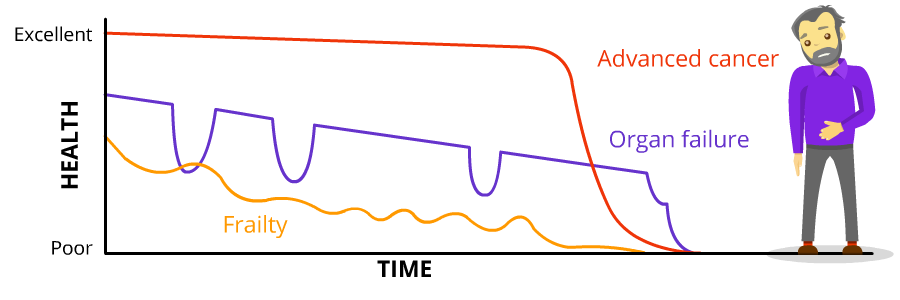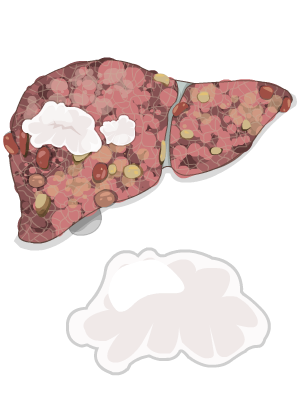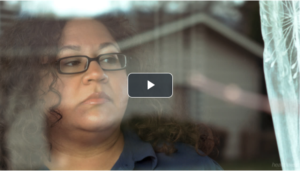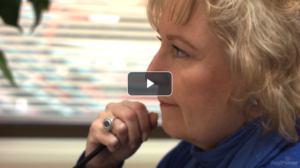There are two main types of surgery depending on the stage of the liver cancer:
- liver resection
- liver transplant
Liver Resection
If a liver tumor is small and hasn’t spread, your doctor might do surgery to remove the cancerous parts of the liver. This is called a liver resection. This operation is done only if you’re healthy enough for surgery and if all of the tumor can be removed while leaving enough healthy liver behind.
Cancerous parts of the liver that may be removed include:
- a small portion of tissue
- an entire lobe or even more
Before surgery, you’ll have imaging tests such as an MRI or CT scan to see if the cancer can be removed. Even with these kinds of tests, your doctor might discover during surgery that the cancer is too large or widespread to be removed. In this case, the partial resection is cancelled.
After surgery, risk of bleeding is a concern. Damage to the liver before and during the surgery can add to the potential bleeding problem. Other possible side effects include complications from anesthesia, blood clots, infections, and wound complications including hernias.
Also, the remaining liver still has the disease that led to the cancer (for example, cirrhosis). So there’s a chance that a new HCC can develop elsewhere in the liver after a partial resection.
Most liver resections are performed using an open technique, but some may be performed using a laparoscopic approach. The recovery time for surgeries varies from person to person. In general, these are the ranges:
Edit
| Type of Partial Resection |
How Long in Hospital |
Total Recovery Time |
Open liver resection:
performed through a fairly large incision |
5 to 10 days |
6 to 8 weeks |
| Laparoscopic liver resection: performed using a special scope, through 3 or 4 very short incisions |
3 to 5 days |
3 to 6 weeks |
Liver Transplant
In a liver transplant, the entire liver is removed and replaced with a healthy donated liver. A liver transplant will be considered when the cancer:
- is only in the liver
- can’t be treated as well by other standard treatment options
Usually only people with liver cancers up to a maximum size are candidates for a liver transplant. The precise size varies a bit from centre to centre. Your doctor will discuss transplant with you if it’s an option in your case.
With a transplant, the risk of a new HCC in the liver is reduced because all of the old liver is removed. There could, however, be a recurrence of the original cancer.
There are many things that will need to be consider aside from your HCC if you are being evaluated for liver transplant.
More information on Liver Transplant can be found here.








